Unlocking the benefits of yoga blocks: A Comprehensive Guide.
Introduction
Yoga blocks are versatile props that help improve yoga practice by providing support, stability, and alignment. These simple but effective tools can benefit practitioners of all skill levels, from beginners to advanced yogis. This detailed overview will cover everything you need to know about yoga blocks, including their primary features, characteristics, and frequently asked questions.
Key Features of Yoga Blocks
Material:
Yoga blocks are typically made from foam, cork, or bamboo. Foam blocks are lightweight and affordable, making them ideal for beginners. Cork blocks offer more durability and stability, while bamboo blocks are eco-friendly and aesthetically pleasing.
Size:
Yoga blocks come in various sizes, including standard (4” x 6” x 9”) and larger or smaller options. Choosing the right size depends on personal preference and body proportions.
Shape:
Most yoga blocks have a rectangular shape with rounded edges for comfort. Some blocks may feature beveled edges or contoured surfaces for added versatility in poses.
Density:
The density of yoga blocks determines their firmness and supportiveness. Higher-density blocks provide more stability and are suitable for advanced practitioners, while lower-density blocks offer gentler support and are preferred by beginners or those with limited flexibility.
Specifications of Yoga Blocks
Material Composition:
Foam yoga blocks are typically made from lightweight, high-density foam that provides support without being too firm. Cork blocks are made from natural cork, which is sustainable, antimicrobial, and offers excellent grip. Bamboo blocks are crafted from eco-friendly bamboo wood, known for its durability and strength.
Dimensions:
Standard yoga blocks measure 4 inches in height, 6 inches in width, and 9 inches in length. However, variations in size are available to accommodate different body types and preferences.
Weight:
Foam blocks are lightweight, making them easy to transport and use during practice. Cork and bamboo blocks are slightly heavier but still manageable for most practitioners.
Texture:
Foam blocks often have a smooth surface, while cork and bamboo blocks may feature a natural texture that provides additional grip and traction.
Here are five effective yoga block exercises to incorporate into your practice:
Supported Bridge Pose:
Place a yoga block horizontally under your sacrum while lying on your back. Keep your feet flat on the floor and arms relaxed by your sides. This supported variation of Bridge Pose helps to gently open the chest, hips, and front body while relieving tension in the lower back.
Half Moon Pose (Ardha Chandrasana):

Stand with your feet hip-width apart and place a yoga block on its medium or tall height on the mat next to your front foot. Extend one leg back and reach the same-side arm forward, then gently rest your hand on the block for support as you lift the back leg parallel to the floor. This modification provides stability and balance while strengthening the legs, core, and glutes.
Seated Forward Fold:
Sit on the floor with your legs extended in front of you. Place a yoga block on its lowest height between your feet. Inhale to lengthen your spine, then exhale as you hinge forward from the hips, resting your forehead or chin on the block. This supported variation helps to deepen the stretch in the hamstrings and lower back while maintaining proper alignment.
Puppy Pose (Uttana Shishosana):
Start on all fours with your wrists under your shoulders and knees under your hips. Place a yoga block at its lowest height under your forehead. Walk your hands forward, lowering your chest toward the floor while keeping your hips stacked over your knees. This variation of Puppy Pose provides gentle traction for the spine and shoulders while opening the chest and shoulders.
Supported Fish Pose (Matsyasana):
Lie on your back with a yoga block placed vertically under your mid-back, between the shoulder blades. Adjust the height of the block to your comfort level. Rest your head on the mat and extend your arms out to the sides or overhead. This supported variation of Fish Pose helps to open the chest and front body, counteracting the effects of sitting and slouching.
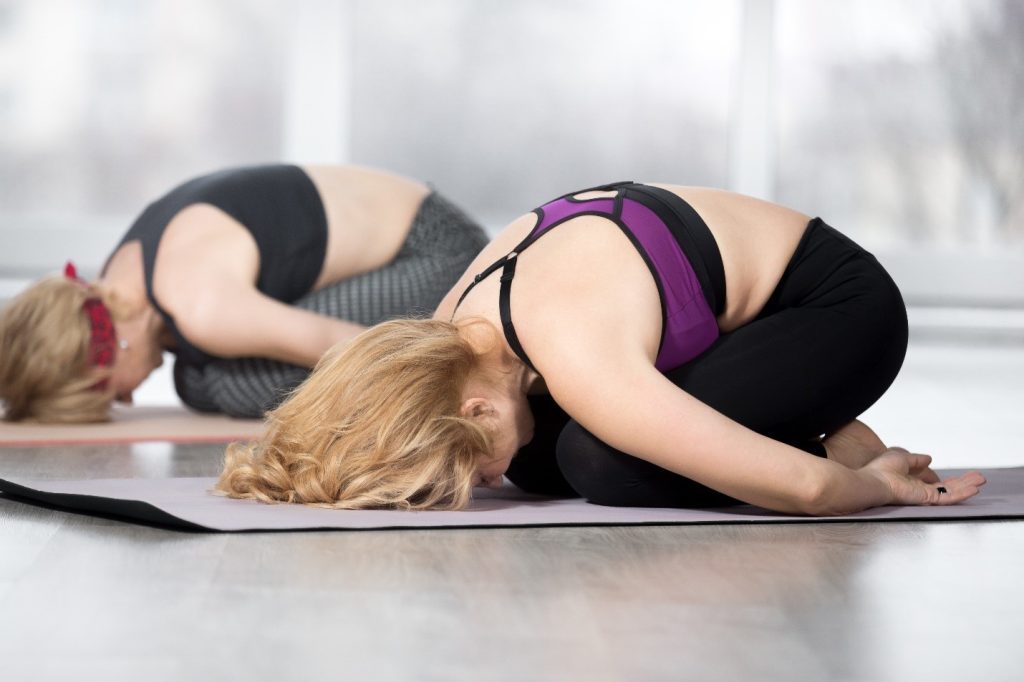
Incorporate these yoga block exercises into your practice to enhance alignment, stability, and flexibility while exploring new variations of traditional yoga poses. Adjust the height and placement of the block to suit your body and level of experience, and always listen to your body’s cues to ensure a safe and effective practice.
Conclusion
Yoga blocks are invaluable tools for enhancing your yoga practice and deepening your connection with your body. By understanding their key features, specifications, and how to use them effectively, you can unlock a world of possibilities in your yoga journey. Whether you’re a beginner or an experienced yogi, incorporating yoga blocks into your practice can help you reach new levels of strength, flexibility, and alignment.
FAQs About Yoga Blocks
Q1: What are yoga blocks used for?
A1: Yoga blocks can be used to modify and deepen yoga poses, provide support for proper alignment, increase stability, and assist in achieving challenging poses.
Q2: How do I choose the right yoga block size?
A2: The right size of yoga block depends on your body proportions and flexibility level. Standard-sized blocks are suitable for most practitioners, but larger or smaller blocks may be preferred based on personal preference
Q3: Are yoga blocks necessary for beginners?
A3: While not essential, yoga blocks can be incredibly helpful for beginners to improve alignment, provide support, and increase confidence in poses.
Q4: Can I use yoga blocks for meditation?
A4: Yes, yoga blocks can be used as props to support a comfortable seated position during meditation, allowing for better spinal alignment and relaxation.
Q5: How do I clean and care for my yoga blocks?
A5: Foam blocks can be wiped clean with a damp cloth and mild detergent, while cork and bamboo blocks can be cleaned with a damp cloth and natural cleaning solutions. Allow blocks to air dry thoroughly before storage




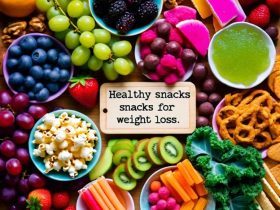
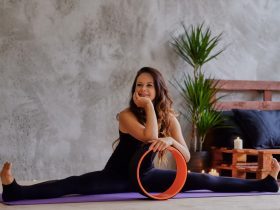
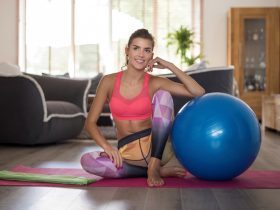



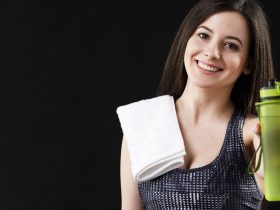

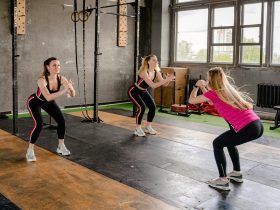

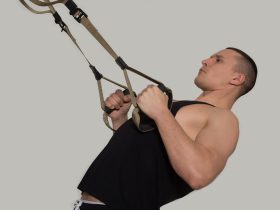
Leave a Reply